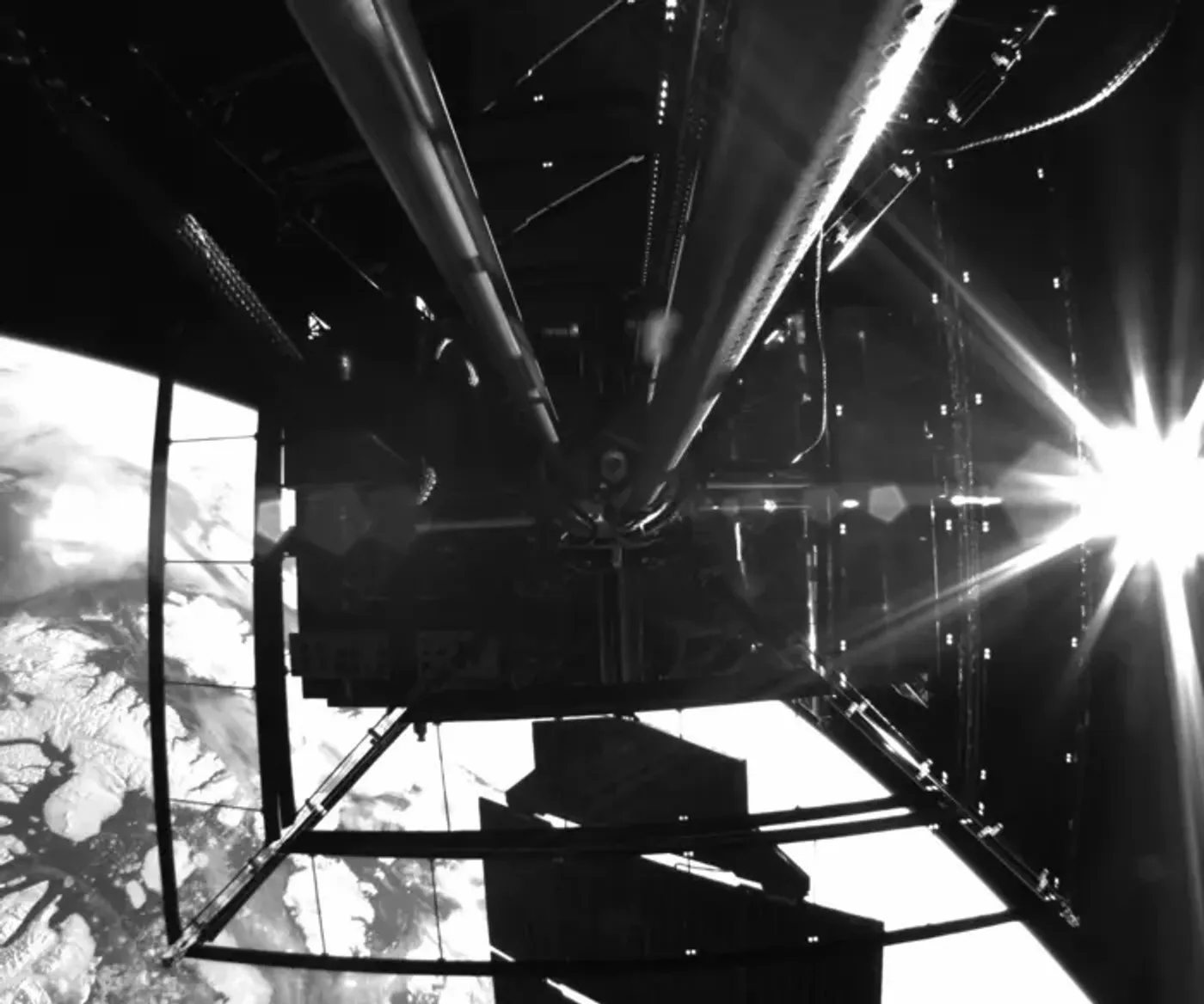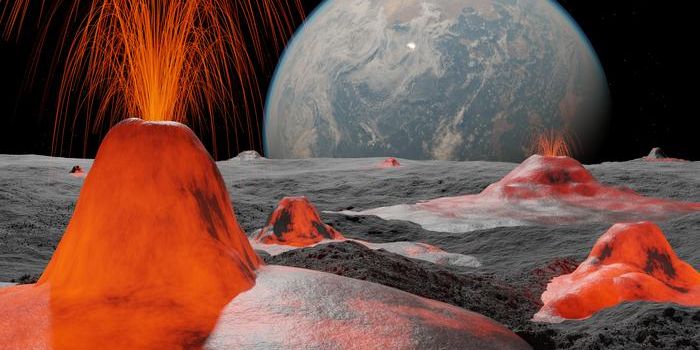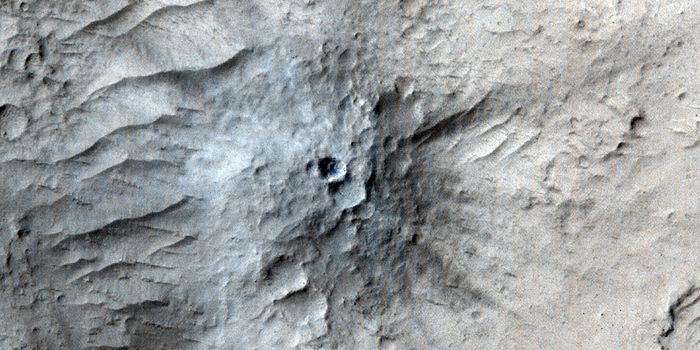From Earth to Space: Insights and Discoveries from SSPD-1's Mission
Solar energy is traditionally known for using massive solar panels that collect sunlight and convert it into clean energy, but what if this same energy was instead beamed from satellites in orbit around the Earth, known as space solar power? This is the goal of Space Solar Power Demonstrator (SSPD-1), which is a 110-pound (50-kilogram) project run by the California Institute of Technology (Caltech). SSPD-1 was launched onboard the SpaceX Transporter-6 mission on January 3, 2023, and recently concluded its mission after conducting a series of experiments, including the ability to wirelessly beam solar power from space to Earth, which it accomplished in early 2023.
"Solar power beamed from space at commercial rates, lighting the globe, is still a future prospect. But this critical mission demonstrated that it should be an achievable future," said Dr. Thomas F. Rosenbaum, who is the President of Caltech and the Sonja and William Davidow Presidential Chair and professor of physics.
SSPD-1 successfully demonstrated three experiments during its one-year mission: DOLCE (Deployable on-Orbit ultraLight Composite Experiment), ALBA, and MAPLE (Microwave Array for Power-transfer Low-orbit Experiment). DOLCE demonstrated the architecture necessary for developing space solar power, ALBA demonstrated how to harness solar energy in space, and MAPLE demonstrated how this energy could be wirelessly beamed to Earth.
Image of the DOLCE architecture deployed on September 29, 2023. (Credit: Space Solar Power Project/Caltech)
Along with this technology demonstration, SSPD hopes to drastically reduce the cost of space solar cells, which are currently as much as 100 times more expensive than traditional solar cells due to the manufacturing costs. However, the SSPD team successfully manufactured low-cost space cells using the same methods as silicon solar cells, along with testing perovskite cells, which is slowly gaining attention among the solar cell community due to their cheap manufacturing costs.
"SSPP gave us a unique opportunity to take solar cells directly from the lab at Caltech into orbit, accelerating the in-space testing that would normally have taken years to be done. This kind of approach has dramatically shortened the innovation-cycle time for space solar technology," said Dr. Harry Atwater, who is an engineering professor at Caltech and co-led the SSPD project.
Going forward, the SSPD team will continue to analyze data from the mission, which they will use to devise strategies for future experiments on space solar power.
How will space solar power help advance solar energy technologies in the coming years and decades? Only time will tell, and this is why we science!
As always, keep doing science & keep looking up!
Sources: Payload, EurekAlert!, Caltech, Aerospace Research Central









